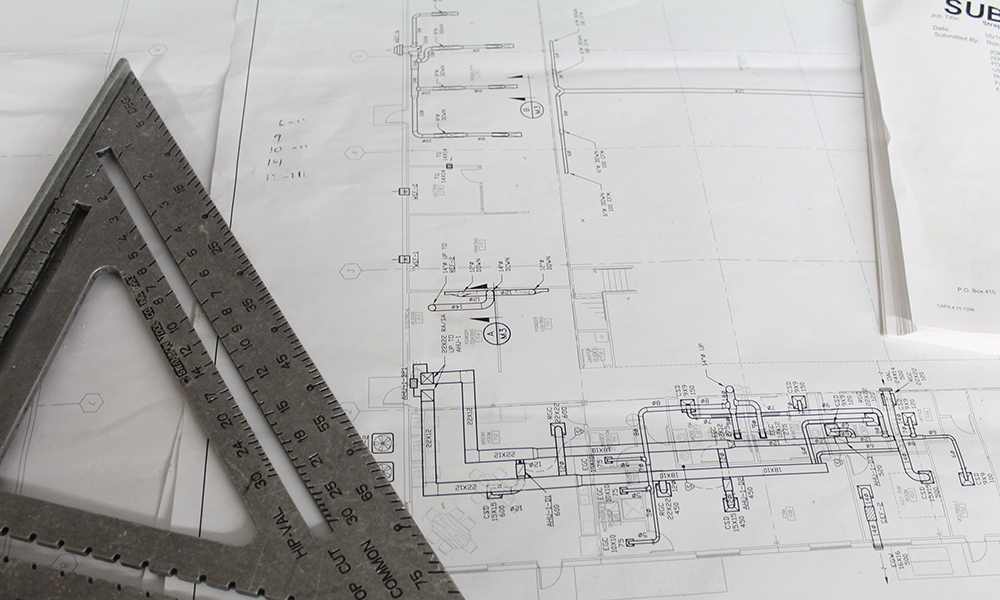How to Calculate Real Estate Valuation Damages in a Construction Defect Action
Reading Time: 4 minutes
When determining whether to pursue a construction defect action, few property owners consider the question: “how will my damages be calculated?”. While understandable, failure to properly address this question can prevent owners from recovering the full extent of their damages. This blog post discusses issues that should be considered when calculating the impact of a construction defect to estimate real estate valuation damages.
Considerations For Calculating Valuation Damages
In order to assess real property valuation damages, an experienced construction litigator will need to employ a real estate valuation expert to assist with the valuation of damages. The attorney will work in concert with the expert to evaluate the type of damage that must be quantified, and will suggest certain legal and factual factors the expert should consider when making this valuation. The more skilled the expert is, the larger the expert’s scope can typically be.
But, how are real estate valuation damages valued when valuing the impact of a construction defect. There are several different types of damages that should be considered as part of the analysis. Key points of consideration are set forth below:
1. Cost To Repair
In Florida, the measure of damages in a construction defect action is generally the cost of remedying the defective condition. American Structural Sys., Inc. v. R.B. Gay Constr. Co., 619 So.2d 366, 367 (Fla. 1st DCA 1993). The expert values these damages by subtracting the reasonable cost of repair from the contract price. Id. at 367. While this is often done in a vacuum by a general contractor, it may benefit an aggrieved owner to engage a real property appraiser to account for market conditions and the sunken cost an owner expects to receive for coordinating the work and assuming the risks of construction. There is a split of authority on whether these sunken owner time costs can be included as part of a damage model. Counsel evaluating the issue should research the jurisdiction at bar for whether entrepreneurial incentives are compensable.
2. Diminution in Value
When the cost of repair substantially exceeds the reduction in the property’s value, courts may limit damages to the reduction in value. Grossman Holdings Ltd. V. Hourihan, 414 So.2d 1037, 1040 (Fla, 1982). Usually, courts apply this limitation in cases where repair would require the structure to be torn down and rebuilt. Id. at 1040. The expert can calculate these damages by subtracting the current, impaired value of the property from the contracted-for value the property. Id. The expert will consider the following factors when making this valuation:
- Impaired marketability: A construction defect can negatively impact the owner’s ability to sell or lease the property. An expert typically values this impact by comparing properties that are nearly identical, except for the defective condition. The property with the defective condition will likely stay on the market longer than comparable properties. The increased number of days on the market, therefore, indicates the property’s marketability has been impaired.
- Stigma: Unlike other factors, stigma affects the value of property after the defective condition has been remedied. Rather than physically impacting the property, stigma reduces the property’s value by affecting buyers’ perception of the property. Stigma is commonly associated with defects that have uncertain, long-term effects on the property such as, mold damage, termite infestation, and water damage. See e.g., Orkin Exterminating Co. v. DelGuidice, 790 So.2d 1058 (Fla. 5th DCA 2001).
- Loss of Use: In some cases, the defective condition may prevent owners from using the property. When this occurs, the owner can likely recover the cost of renting a comparable, substitute property during the period of non-use. [1] These damages can be calculated by multiplying the property’s rental rate by the duration of the non-use.
3. Delay Damages
Construction defects often disrupt timelines and cause property owners to incur several types of delay damages. For example, a construction defect can prevent the property owner from leasing the property to a tenant and collecting rental income. Similarly, a defect may prevent the property owner from selling the property and making use of the sale proceeds. In these situations, the property owner may be entitled to recover the lost income with interest.
Conclusion
A construction defect can substantially impact the value of real estate. Some damages are not commonly considered by property owners, such as impaired marketability, stigma, and loss of use. Together, a real estate valuation expert and experienced construction litigator can prevent the property owner from leaving money on the table.
Source material: Grant. W. Austin, Real Estate Valuation in Construction Defects Litigation: Additional Roles for the Appraiser and New Valuation Methods, ActionLine, Fall 2017, at 8.
[1] Bell, R. “Project Daily Economics,” The Appraisal Journal (Fall 2011): 292-300.


